Every year that we’ve gardened in Interior Alaska, we’ve gained more knowledge about just how far you can push cold climate gardening.
We’re going to talk about some of the methods we use to push the limits, but also ensure we protect our gardens against frosts and our extreme cold climate.
Let’s just say that this discussion isn’t meant for beginner gardeners. But, it will introduce you to many nuances and buildable skill sets relating to raising your own subarctic garden from seed.
Raising Garden Starts In One Of The Harshest Environments
One of the things we wanted to learn was just how far we could push our environment for raising garden starts.
We wanted to get our garden starts outside earlier than we ever have in order to maximize our precious indoor garden space.

We are fortunate to have a really nice indoor gardening space. This has simply been one of our financial priorities as our gardens provide a good portion of the food we eat every year.
That said, no matter how much you invest, your indoor garden space will always be limited.
We wanted to explore techniques that we could use to increase the overall capacity of our indoor garden. Also, we were interested in leveraging our climate to the maximum extent possible.
This post is basically the culmination of much of that research.
Actively Managing Your Cold Climate Garden
There is little doubt that you could just raise your plants under artificial lights, harden them off and plant them in the ground. That’s it, mission accomplished.
For us, though, that means operating almost 600 watts of lighting continuously for three months straight. At subarctic utility rates, that’s not the most desirable proposition.
As with most things, you can trade labor for money in this case.
If you want to actively manage your indoor garden start operation, you can harden your plants off weeks earlier than “normal” so you can take advantage of nicer days outside.
Sometimes, this allows the indoor northern gardener to shut off your grow lights. Sometimes that can be for days at a time.
Understanding Cold Hardy Versus Frost Sensitive Plants
We’ve extensively discussed plant temperature tolerance before. You should read that article before diving into this subject.
It’s vital for the cold climate gardener to know which plants will tolerate colder temperatures and those that won’t when exploring this subject.
When you know which plants can tolerate what temperatures, it allows you to get some of your plants outside much earlier than others.

The bottom line is the more cold tolerant a plant is, the further you can push it towards colder temperatures.
It also tells you which plants absolutely cannot be outside in cold temperatures.
This whole discussion is based around an in depth understanding of the temperature tolerance of various types of garden plants, flowers and herbs.
Safe Guidelines For Minimum Temperatures
For most cold hardy and frost tolerant plants, we start putting our plants outside on any days that are above 40 degrees Fahrenheit. (Note, we always harden off our plants first!)
Most years, this can be up to four to six weeks before last frost!
During this time, we are closely watching outdoor temperatures and the expected weather forecasts. If evening temperatures are expected to remain above 40 degrees, we leave our plants outside overnight!
When temperatures dip into the mid-to-high 30’s, we are certain to bring even the cold hardy plants back inside. However, above that, they can sit outside day and night, once they’ve been properly hardened off.
For frost sensitive plants, we are much more careful. These will still be placed outside when temperatures are above 40 degrees, but we never let them get into the 30’s! So long as night time lows will stay above 40 degrees, they can also remain outside.
The one exception are those warm loving plants! (e.g. Peppers, squash, cucumber, etc)
We don’t even think about putting these outside unless the temperatures are expected to be above 50 degrees. If evening temperatures are expected to dip below 50 degrees, these plants are escorted back inside for the evening.
You simply can’t push warm loving plants too far in our cold climate.
Also, some seasons simply won’t allow this practice. We’ve seen exceptionally cold springs where temperatures just don’t get up there until a couple weeks before last frost.
Flirting With Near Freezing and Freezing Temperatures
Though we’ve offered some general “safe” guidelines above, we’ve also done a fair bit of “not recommended” testing to see just how far you can go.
You can go even lower than our recommendations above.
Young, cold hardy and frost tolerant plants start to show visible signs of cold stress when they are subjected to mid-30 degree temperatures and below.
They can technically survive into the low 30’s and even high 20’s.
Is this a good idea? Probably not. Is it possible? Yes it is.
Once our cold hardy and frost tolerant plants are fairly well established and have been outside for a couple weeks, we’ll often allow this to happen if the weather conditions present.
In fact, once these specific types of plants are living outside, we often only bring them back inside if the temperatures are expected to get below freezing.
For frost sensitive plants, we generally have an “absolute minimum” temperature of around 40 degrees. 39 degrees is probably OK, as is 38 degrees.
Just know, frost can and will damage frost sensitive plants, sometimes beyond repair. Frost can develop below 36 degrees. It’s best to not push them too close to temperatures where frost could potentially develop.
It goes without saying we don’t even mess around with this kind of stuff with our warm loving plants! If you tried this with a pepper plant, you would likely stunt its growth for life.
Organize Your Plants By Their Cold Tolerance
With general knowledge of plant tolerance, we recommend organizing your plants by their cold tolerance.
We use the 1020 tray system and suitable inserts or pots that allow us to do this easily.

We try to aim for a single tray to have plants of only one type of cold tolerance. This will allow you to treat all of those plants appropriately without having to re-organize them every time.
This organization helps you prioritize which plants (and trays) you will harden off before others.
If you have many trays in flight, an additional organization technique that is helpful is to organize by general plant maturity.
More mature plants will fare better at cooler temperatures than less mature plants! This organization allows you to easily treat a single tray of plants in a similar fashion.
This can be a little bit challenging to keep track of as your burgeoning garden becomes larger and larger.
We largely solved this problem by purchasing different colors of 1020 trays. (See Bootstrap Farmer for excellent quality colored 1020 trays! One of our rare but well deserved “shout outs.”) We put similarly cold tolerant plants into the same colored trays, which allows us to quickly and easily identify our plants visually by their cold tolerance.
While we know what our plants look like and which are frost tolerant, colored trays also act as a bit of a fail safe for us.
Are there any red trays outside? Bring those in!
Watch What Your Plants Are Telling You
We aren’t some kooky plant whisperers here. That said, plants will tell you that they don’t like something by exhibiting visible symptoms.
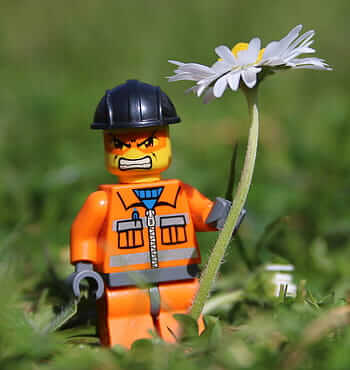
When a plant is stressed out by cold temperatures, it will tell you by the way it looks. When you see the signs of stress, you are probably pushing things too much.
With cold hardy plants, we know that they will show some signs of stress as soon as they are exposed to mid-30 degree temperatures. However, we’ve also seen them bounce back quite well, despite this.
There’s a point where too much is too much.
The point is don’t push things too far. The plant’s life is on the line.
If your plants are showing signs of cold stress, bring them back inside for a day or so. Let them warm back up, recover, and then perhaps try again on a bit nicer of a day.
Treat your plants well and they will reward you.
The Indoor Garden Shuffle
As we’ve mentioned, we are pushing the limits to allow us to grow more plants in a limited amount of space. We are intentionally oversubscribing the indoor growing space that we have.
At some point, we don’t have enough room under artificial lighting to handle all the plants we have.
We manage this problem in a couple of different ways.
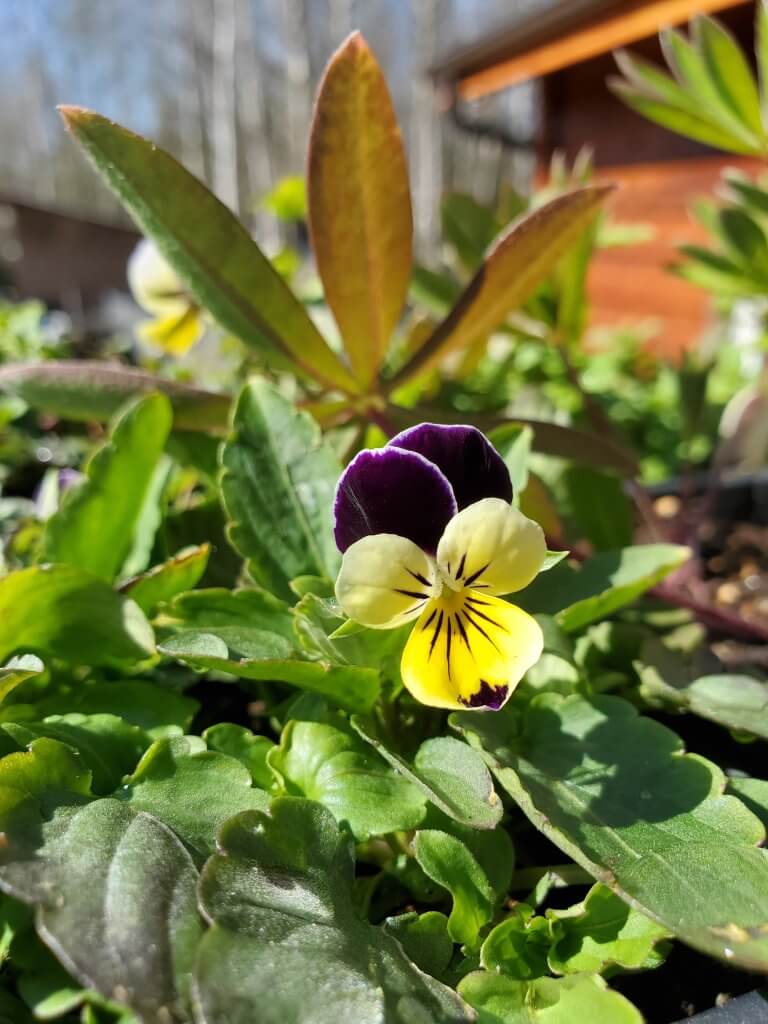 The first is by staggering our planting schedule slightly to ensure that our indoor grow rooms can generally keep up with indoor grow room demand.
The first is by staggering our planting schedule slightly to ensure that our indoor grow rooms can generally keep up with indoor grow room demand.
We know exactly how much room we have and try to give some thought to what we’re going to need at a given time. This comes with practice and we modify our planting schedule based on what we learn about our space.
For example, we grow a lot of brassicas because they do very well in our climate and we love to eat them. But, we don’t plant all our brassicas at the same time because it would put too much demand on our grow room. We stagger our major brassica plantings by a week each. For example, Brussels sprouts, then broccoli, then kale, then cabbage.
The second technique we leverage is that plants we are trying to get outdoors simply don’t get indoor lighting when we bring them back inside for weather reasons.
We bring them outside in the morning, if we can, then just put them anywhere we have room in the late evenings. The kitchen counter or on top of the dryer is just fine.
With this technique you do run some risk. It’s a problem if we are in a position where outdoor temperatures are simply too low during the day AND we don’t have indoor space for them.
A day or two without high quality lighting isn’t going to severely impact your plants. If low temperatures come in for several days, we might alternate our plants under artificial lighting.
Having Two Indoor Growing Spaces Is Better Than One
One of the most helpful things we’ve done is having two separate indoor growing spaces. This allows us to organize our indoor growing space based on our immediate needs.
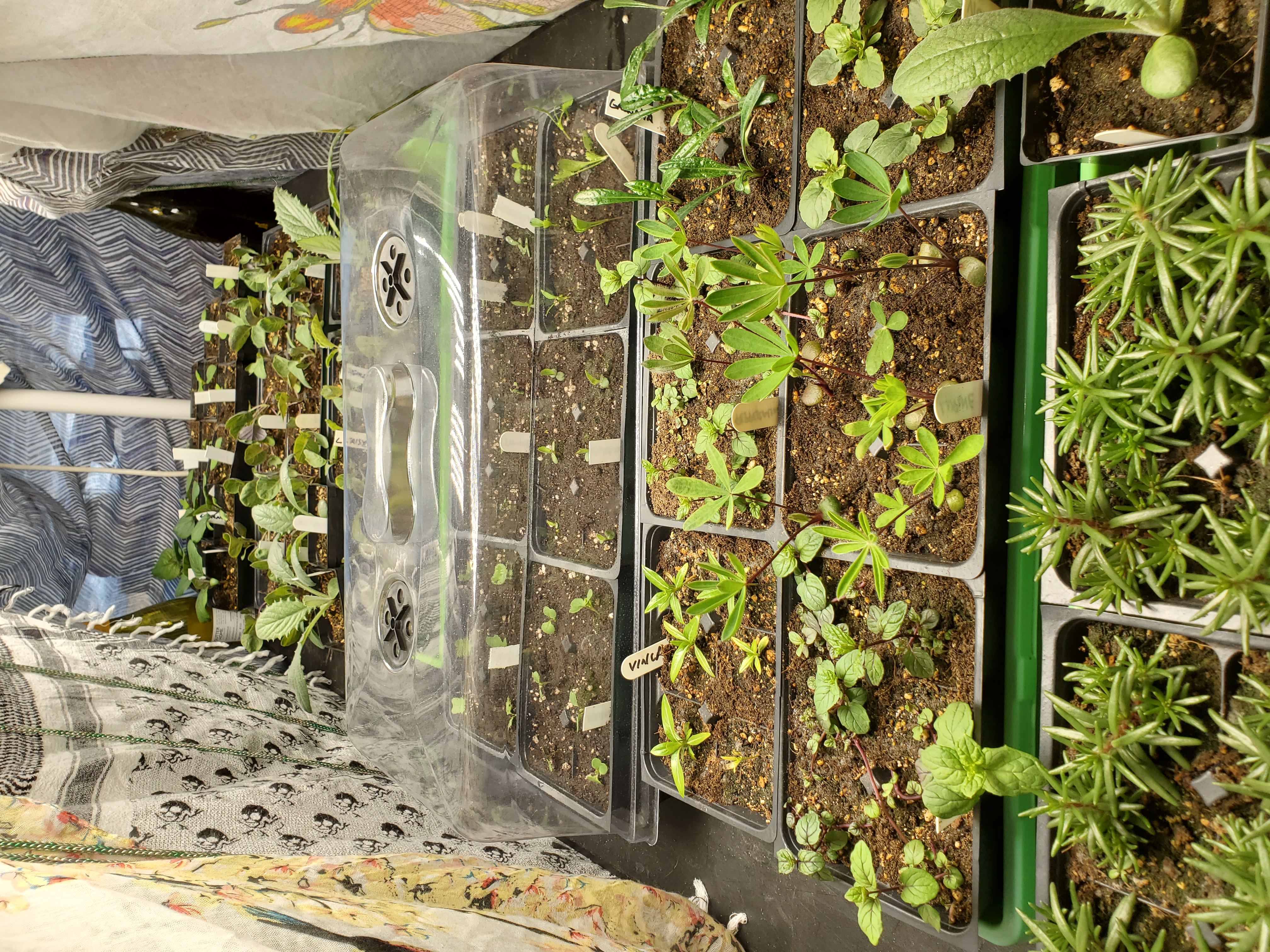 We use our indoor grow tent for seed starting and maintaining our warm weather crops practically all the way to transplant dates. This tent has very high quality indoor lighting that allows us to grow amazing garden starts.
We use our indoor grow tent for seed starting and maintaining our warm weather crops practically all the way to transplant dates. This tent has very high quality indoor lighting that allows us to grow amazing garden starts.
Our second grow space is just a temporary table that we set up just for the purposes of the “indoor garden shuffle” mentioned above. It has quality lighting as well, but not quite as good as our indoor grow tent.
This second space allows very easy access to our plants as we are constantly bringing most of these plants indoors and outdoors on a regular basis. We think of this as our “hardening off” table, of sorts.
If the weather outside is just not supportive of our plants being outside, they will stay on this table for that day.
In fact, we’ve found this “hardening off table” so useful that we added a second one to our kit. This offered us yet another 12 square feet of growing space and even more room, when we needed it.
These two indoor grow spaces offer us something like a “production line” for our plants. It allows for us to have a fairly clear process on how plants will be processed through our grow rooms and eventually transitioned outside.
Plant In The Ground Only Once It’s Safe
In the interior of Alaska, our spring is usually devious. It’s very common during the month of May to get at least a few days where temperatures really get quite pleasant.
It’s very tempting to start planting your garden at this point.
Don’t!
Fool’s Spring is very real in the subarctic. Despite these trends to spontaneously warm up in early to mid May, it’s extremely likely temperatures will dive back down into the low 30’s at some point.
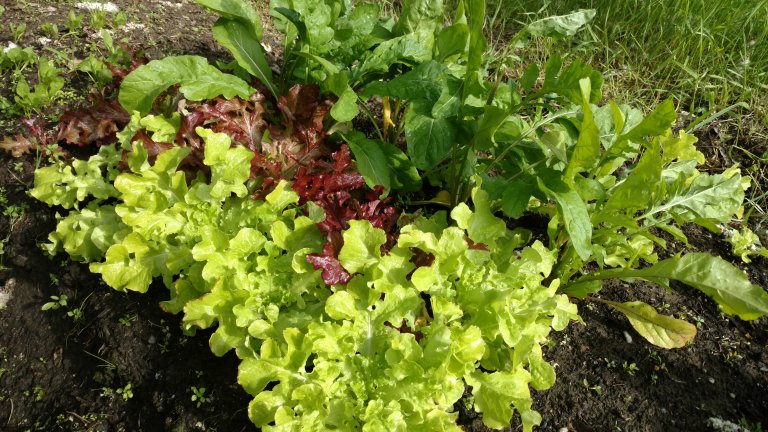
We almost always play it safe and wait until at least Memorial Day weekend to put the majority of our plants in the ground.
We look at the 10 day forecast over this weekend to make sure dips into the 30’s aren’t expected. If we see any, we may decide to delay planting.
In many years, the 10 day weather forecast looks really good almost two weeks before last frost. If that’s the case, we sometimes consider planting our cold hardy plants (only) at this point.
For frost sensitive plants, we typically wait until our last frost date, at a minimum.
Again, we check the 10 day forecast for unseasonable dips and will hold off if unseasonable dips below 40 degrees are expected. If, however, the forecast looks good on Memorial Day weekend, we often plant our frost sensitive plants.
For our warm loving plants, we play this by ear. After last frost, we are looking for evening temperatures consistently above 50 degrees. Usually, this is about a week or two after last frost, some years around last frost.
Remember, an unexpected frost will permanently impact frost sensitive and warm loving plants. Thus, we don’t take any chances.
Direct Sowed Vegetables Are A Safe Bet For Early Planting
Practically all direct sowed vegetables share a common trait. Almost all of them can generally be quite frost tolerant and often are cold hardy.
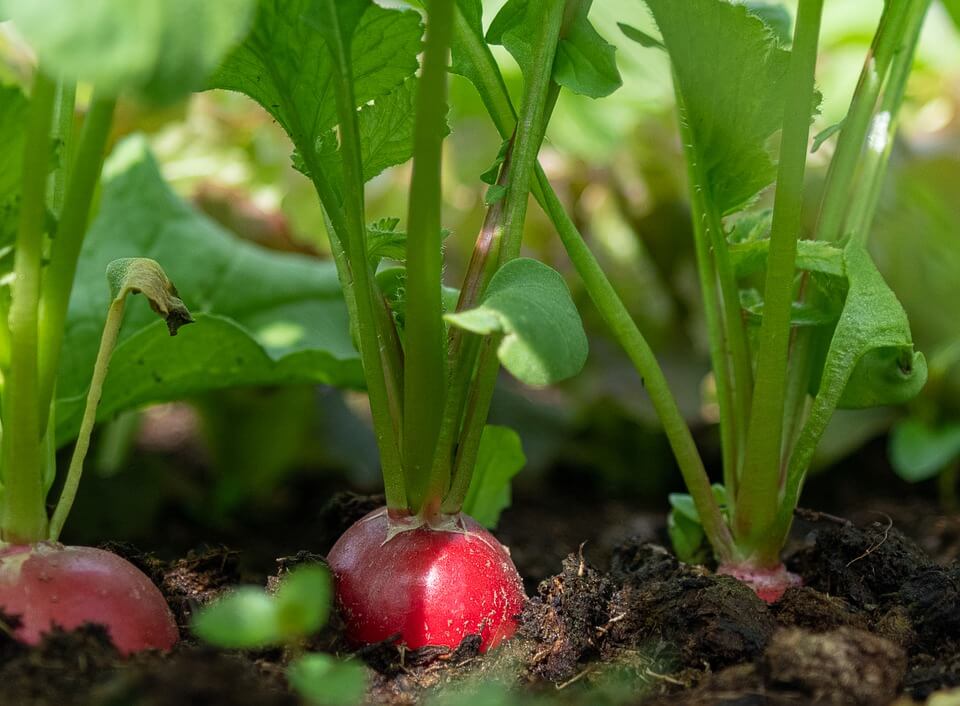
Additionally, some greens do well with direct sowing and will exhibit similar cold tolerance.
Plants such as leaf lettuce, arugula, mizuna, and spinach are all fast growing greens and highly cold tolerant greens that can be direct sowed.
If it works into your plan, you can often look at seeding most direct sowed vegetables up to two weeks prior to last frost. These seeds will germinate in cooler soils, but will only do so when conditions are right for them.
When you can get your direct sows into the ground a bit early, you’re adding time for them to mature more fully and earlier than they otherwise would.
Additionally, some of vegetables don’t like summer’s warm temperatures. Plants such as radish, spinach and arugula have a limited window where they like to grow before warmer temperatures cause them to bolt.
Consider succession planting these varieties in the very early season. Make hay while the sun’s shining, as it were!
Cold Climate Growing Is Challenging And Exciting!
The early gardening season is one of the most exciting times with so many things going on!
We are constantly learning how far we can push things and have been surprised by what we’ve been able to do.
The subarctic is quite unique as you don’t have a gradual run-up from winter to summer. It’s far more immediate and you can take advantage of that in your gardening.
We hope that you’ve learned a thing or two about techniques you can use to increase your production, better utilize your growing space and deal with cold climate challenges.
If you have anything further to add on this topic, feel free to slap a comment down below!
That’s All We Wrote!

Having a good time? We have an ever growing list of insightful and helpful subarctic & cold climate gardening articles, waiting out there for you!
- Cold Climate Gardening Basics 👉
- Growing Your Garden From Seed Indoors 👉
- Advanced Cold Climate Gardening Techniques 👉
- Plant Specific Cold Climate Growing Guides 👉
- Subarctic Perennial Food Forests & Foraging 👉
- Indoor Garden Lighting & Grow Rooms 👉
- Greenhouses & Temperature Control 👉
- Harvesting & Food Preservation 👉
- Solving Cold Climate Garden Problems 👉
- 1 Minute Reads On Tons Of Garden Topics 👉
FrostyGarden.com is 100% ad-free and we do not use affiliate links! This resource is voluntarily supported by our readers. (Like YOU!) If we provided you value, would you consider supporting us?
